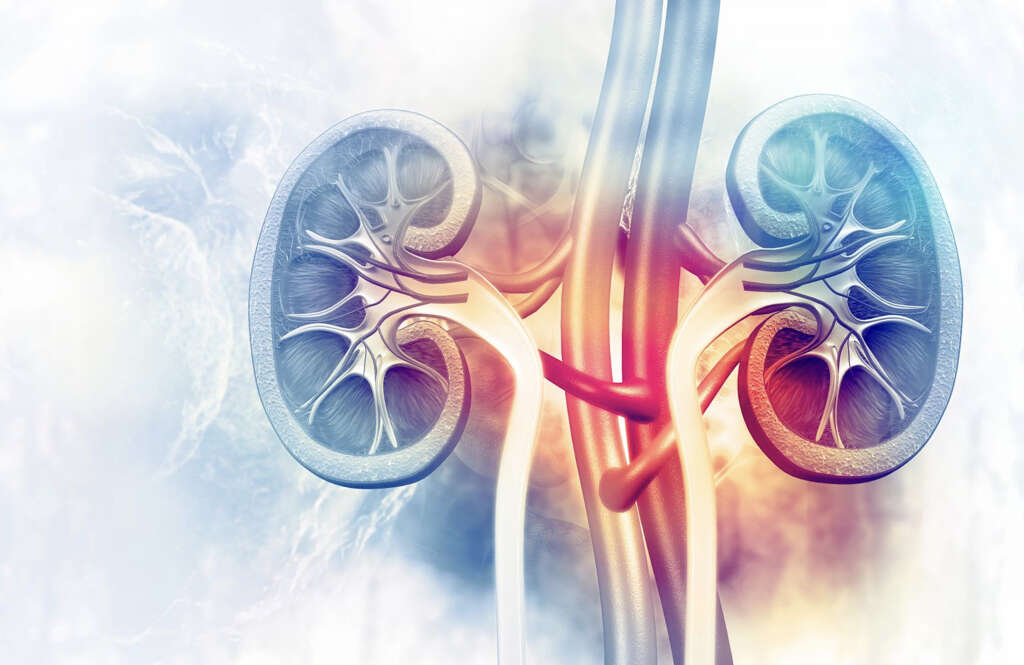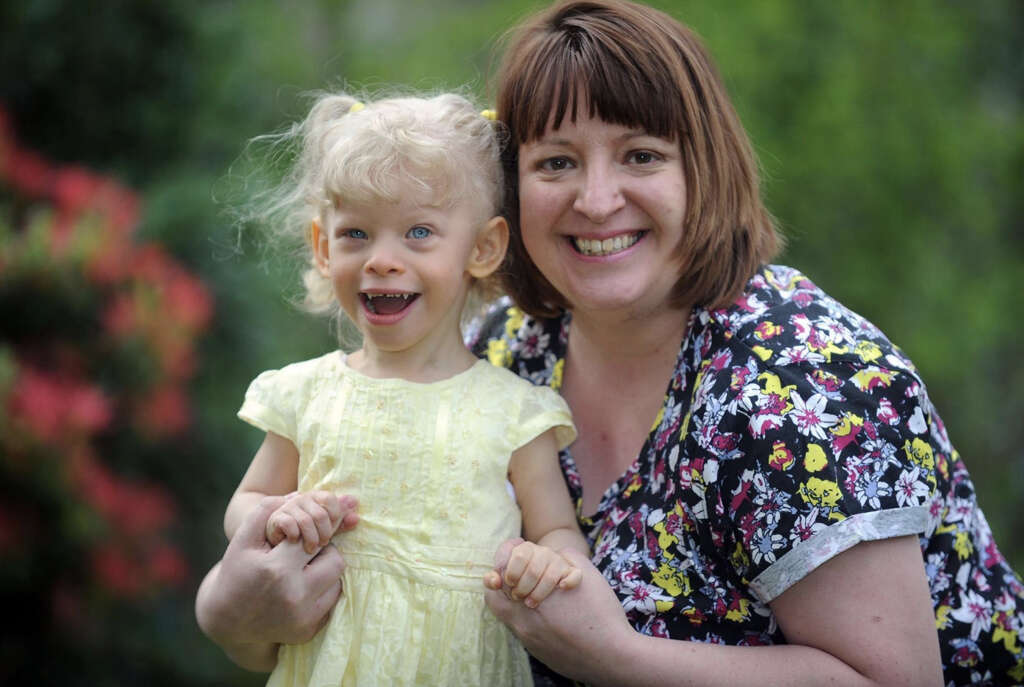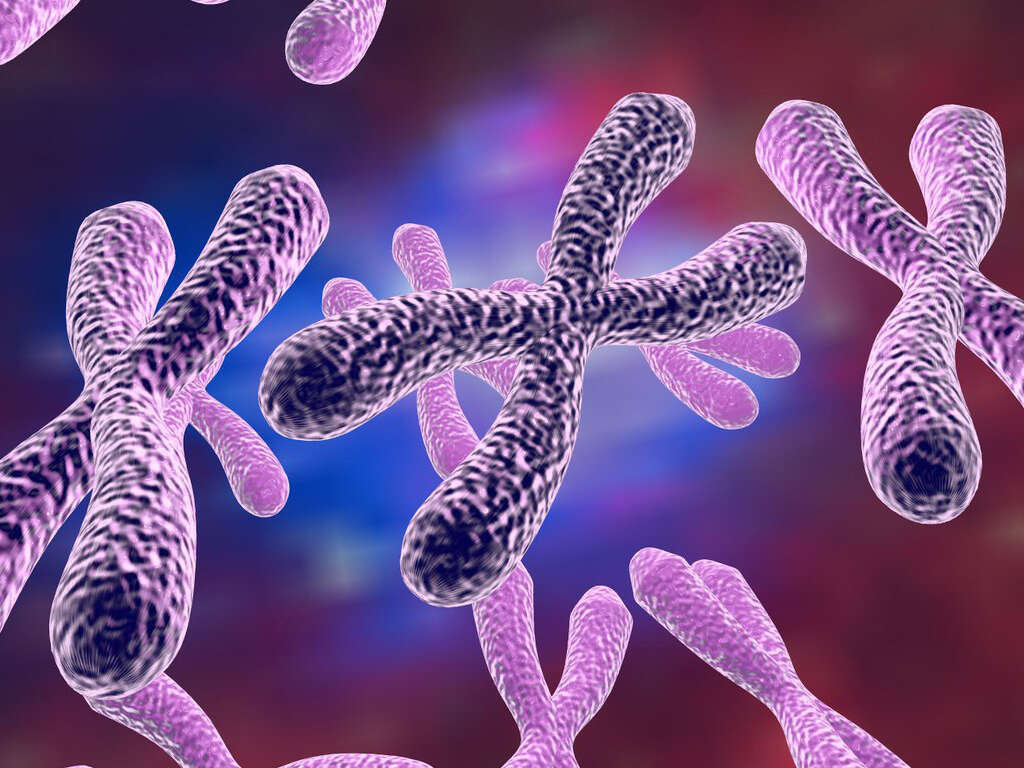What Is Williams Syndrome?
A lot of information is shared in our genes when a sperm fertilizes an egg. There is so much data that we have still not been able to sequence all of it. When faced with something complex, it is almost inevitable that there will be problems from time to time.
When information is shared, some of the information ends up missing from the fertilized egg. If the egg is still able to develop, then it can result in a child that is born without certain genes. One example of this is a condition known as Williams syndrome, which is also known as Williams-Beuren syndrome.

1. Williams Syndrome?
Williams syndrome is a condition that can cause a number of developmental problems. It is a rare condition and is thought to affect only 1 person in every 10,000. It is a genetic disorder, and people with the condition are born with it. The condition is a result of a certain chromosome being deleted.
The syndrome can cause development problems with the patient’s skeleton and muscles. It can also affect their blood vessels and their heart. Many patients with the condition will also have learning disabilities. There is no cure for the condition, but treatment is provided that will help to manage the patient’s symptoms.

2. Causes
The cause of Williams syndrome is the absence of certain genes. As mentioned, the patient is born with the condition, and it cannot be acquired later in life. It is usually the result of a random disorder, but it is inherited from parents in very a small number of cases.
In most cases, the genes are missing in the egg or the sperm before the egg is fertilized. The fetus will then go on to develop and grow without the fetus. If somebody who has the syndrome wants to have children, there is a 50% chance it will be passed on to their offspring.

3. Symptoms
Patients with Williams syndrome are likely to born lighter than usual, and they are also likely to be born with poor muscle tone. They will also likely have some very noticeable physical characteristics, including being shorter than usual, and having a pinky finger that bends inwards.
The patient is also likely to have some very distinctive facial features. This includes having teeth that are spaced widely apart from each other, and full lips. An upturned nose is another common feature of the condition, and the patient is also likely to have a wider mouth than usual. These symptoms are often enough for a trained expert to recognize the condition.

4. Kidney Abnormalities
Williams syndrome will also often cause abnormalities with the patient’s kidneys. This can lead to further complications as the patient may be unable to filter toxins and impurities from their blood effectively. Many patients with the syndrome will need to be treated accordingly.
A sunken chest is another symptom of the syndrome. Colic is another symptom, in which the patient is especially fussy and cries a lot more than is usual. Colic can also cause other symptoms such as passing gas, an arched back, and clenched fists. The patient may also experience feeding problems, which can further hinder their development.

5. Learning Disorders
In addition to physical the disorders mentioned, the patient is also likely to suffer from learning disorders, and the severity of the symptoms will vary from patient to patient. Those with more severe learning disorders are likely to be independent on carers and parents for the rest of their lives.
Learning disorders can also contribute to delays in learning how to speak, and this can mean it is harder for them to communicate with other people. Attention deficit hyperactivity disorder (ADHD) is another potential symptom. This condition causes symptoms including poor planning ability, a short temper, impulsiveness, mood swings, and restlessness.

6. Personality Traits
Patients with Williams syndrome are also likely to have certain personality traits. For example, they are likely to be particularly interested in music. However, they can be sensitive to loud sounds, and they can suffer from hyperacusis. This is a condition that makes them particularly sensitive to certain sounds, and these sounds cab be unbearable for the patient.
Patients with Williams syndrome are likely to be averse to physical contact. However, they are also likely to be very friendly around other people, including strangers. Any learning difficulties the patient might have are also likely to contribute to their personality traits.

7. Complications
In addition to the symptoms already mentioned, Williams syndrome can also cause some other potentially severe complications for the patient. As mentioned, intellectual disability is one potential symptom, and this can mean the patient needs access to special education to help them progress as much as possible.
Many people with the condition will need to live with somebody that is able to care for them. Kidney problems can also develop, and the blood vessels can become narrower, potentially leading to heart failure. Sadly, the complications caused by Williams syndrome will also often lead to a shorter than usual life span.

8. Prevention
In the majority of cases, Williams syndrome is down to a random abnormality that is not possible to predict. This means that there is no way to know when it will happen, and this means that there is no way to prevent it. Thankfully, the condition is very rare so there is little need to be concerned about it.
The condition is passed on by one of the patient’s parents in some cases, however. If you or your partner suffer from some form of genetic abnormality then there is a chance that your child could have the same abnormality. In the case of Williams syndrome, the odds of it being passed down are 50/50.

9. Diagnosis
The patient’s physical characteristics are often enough for professionals to be able to make a diagnosis. Experts are still likely to want to confirm the diagnosis, however, and there are several ways to reach such a diagnosis. This includes DNA tests that help experts to look for missing genes.
In addition, experts are likely to want to look for signs of medical issues that are symptomatic of the condition. This includes echocardiograms and blood pressure checks to check on the health of the cardiovascular system. An ultrasound may also be performed to help check on the health of the patient’s kidneys.

10. Treatment
Williams syndrome cannot be cured. Treatment for the condition tends to involve addressing the symptoms that the condition causes to help improve and maintain the patient’s quality of life. This includes speech therapy and physical therapy that can help make the patient as functional as possible.
In some cases, it is also necessary to treat the patient for narrowed blood vessels to prevent further complications from occurring. The patient should also try and avoid consuming too much vitamin D and calcium. It will often be necessary for the patient to undergo regular check-ups to help ensure no serious problems are developing.












